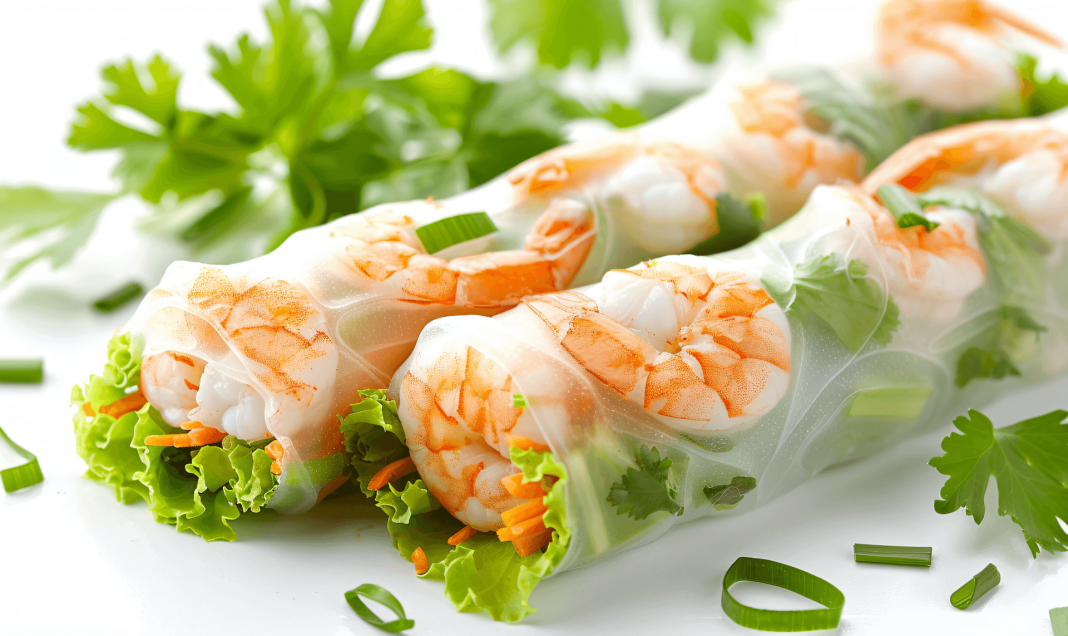The content of this article is provided by Pioneer Bird Blood Sugar Management Software! It helps you record health indicators such as blood sugar and blood pressure, provides free tastings of sugar-free foods, and customizes dietary and exercise plans to accompany you in managing your blood sugar.
In the journey of diabetes management, diet is a crucial aspect. Rice, as a staple food on the tables of many Asian families, often poses a challenge for blood sugar control for diabetes patients. However, with some simple adjustments and creativity, diabetes patients can still enjoy the satisfaction of rice while maintaining stable blood sugar levels. Today, we will explore how to incorporate three types of foods into rice preparation to help stabilize blood sugar and protect blood vessels.
First, let’s get to know these three amazing foods: quinoa, oats, and legumes. Quinoa is a nutrient-rich whole grain that contains high-quality protein and fiber, which helps slow down the rise in blood sugar levels. Oats are also rich in soluble fiber, which can lower cholesterol and protect cardiovascular health. Legumes, such as black beans, red beans, or chickpeas, not only provide rich plant protein but also contain a large amount of fiber and trace elements, which help control blood sugar and blood pressure.
Incorporating these three foods into rice preparation can not only enhance the nutritional value of rice but also slow down the rise in blood sugar after meals. For example, when cooking rice, you can mix equal amounts of quinoa or oats with rice, which not only increases the fiber content of the rice but also makes it more filling, helping to reduce the likelihood of excessive intake.
Next, let’s understand the effects of this dietary combination through a real story. Uncle Li is a diabetes patient who, on the advice of his doctor and nutritionist, began experimenting with adding quinoa to his rice. Initially, he was a bit hesitant about this change, worried that the texture and taste would be affected. However, after a few attempts, he found that the addition of quinoa not only did not affect the taste of the rice but actually made it more fragrant, and his blood sugar levels became more stable.
In addition to adding quinoa, oats, and legumes to rice, diabetes patients should also pay attention to the following points in their daily diet: First, control the total intake of rice to avoid excessive carbohydrate consumption; second, pair it with plenty of vegetables, as the fiber in vegetables helps slow down the rise in blood sugar; finally, pay attention to cooking methods and avoid using excessive fats and salt.
During this process, some smart devices or applications can serve as auxiliary means to help diabetes patients better monitor and manage their diets. They can provide detailed information about the nutritional components of foods, helping patients make more informed dietary choices.
Moreover, to meet the demand for healthy snacks among diabetes patients, some health stores have launched free tasting events, offering a variety of sugar-free or low-sugar food options. These foods are not only delicious but also healthy in ingredients, making them ideal snack choices for diabetes patients.
Finally, diabetes patients need patience and perseverance in dietary management. By reasonably mixing foods, utilizing modern technology for assistance, and choosing healthy snacks, diabetes patients can fully enjoy food while maintaining stable blood sugar levels and cardiovascular health. Let us work together to create a healthier and better life for diabetes patients.


